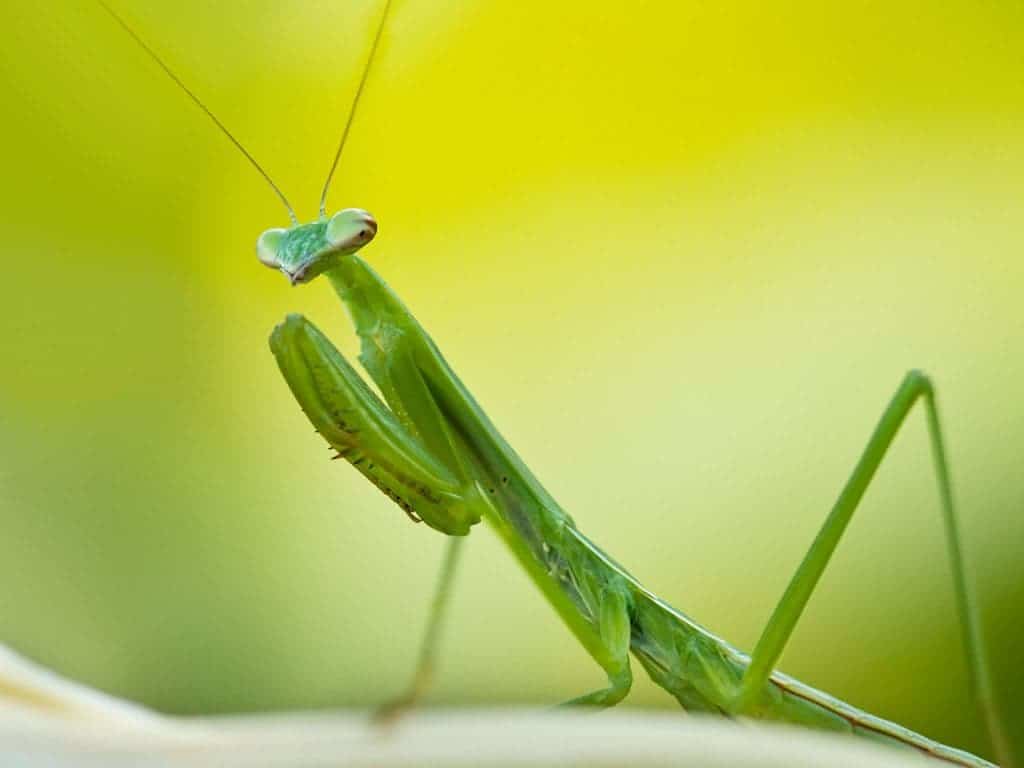It has been known for quite some time that male praying mantises can get their heads ripped off while copulating with females. But a new study has shown that deceptive females can trick the males and eat them even without copulation; basically, they lure them in pretending to be full of eggs and eat them when they’re hungry.
“This is the first evidence in support of the Femme Fatale hypothesis, which posits that female mantids in poor condition might dishonestly entice males in order to eat them rather than mate with them,” said lead research Dr Kate Barry, of Macquarie University’s Department of Biological Sciences.
The study initially found that males are more attracted to starving females, despite the chance of being eaten during copulation.

“We presume this attraction is due to an increase in the quality or quantity of pheromone emissions, which makes sense because very hungry females gain both survival and reproductive benefits from attracting and consuming a male.
They then observed that some females (which are much larger than the males) eat the males even without reproduction. They set up large large field enclosures on the Macquarie University campus to examine the potential for sexual deception in females.
They found that healthy, well fed females sometimes lure in males with no intention of reproducing, just to eat them. However, hungry females are much more likely to do this. To figure this out, researchers assigned 24 female to one of four feeding regimes: good, medium, poor, or very poor, for six weeks. The cages were covered with two layers of mesh so that you couldn’t see inside of them, but chemical signals could still be released. 78 virgin males were then released and out of them, 55 were found on female cages. The number of males found on specific cages was used as an indicator of female attractiveness.
This is the first time that females exploiting males has been reported in nature… and it’s also the most extreme example of sexual manipulation ever found.
“There are many examples in the animal kingdom of males exploiting females to secure paternity, however in this instance, female praying mantids have turned the tables.”






